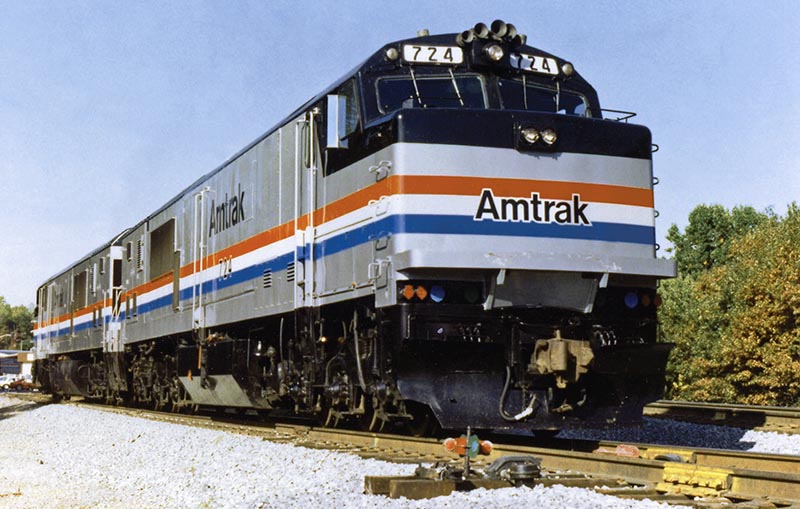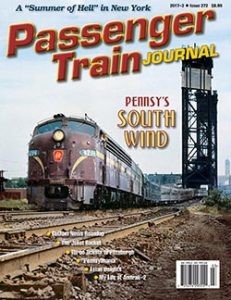 Part Two: The Route Marketing Roller Coaster
Part Two: The Route Marketing Roller Coaster
By Ira Silverman/photos as noted
In the fall of 1976 I moved from Amtrak’s Operations and Planning Department to the Marketing Research Department, which became my home for the next 19 years.
My new boss, Bob Gall, and Vice President of Marketing Al Michaud had agreed to try a different approach to marketing Amtrak. In many consumer products firms, a brand manager had virtually total control over a product. Production, marketing, and other parts of a company were responsible for their own area, but, in the case of a disagreement, the brand manager had the final say. In turn, the brand manager was held responsible for the financial performance of the product.
At Amtrak, Route Marketing was based on this model, but other than fare recommendations (and those were subject to higher-level approval) the route manager had no direct control over anything. His power was largely based on knowledge of everything going on related to each route, and the ability to convince marketing and other departments in Amtrak to support his recommendations. The responsibility of the route manager went beyond Amtrak and required keeping watch on the competitive environment, especially the airlines. It reminded me of the expression from college economics courses, “moral suasion.” Nonetheless, we had a long string of successes based on a healthy dose of knowledge (plus some occasional intervention from above).
Initially the country was divided into three Amtrak territories, subsequently increased to five before budget pressures reduced the number to four. I became director of the department in 1979, but in 1976 all I had were two analysts working for me. When I first met with Paul Lannegar and Linda Park, I said I wasn’t familiar with the reports they used and what their practices were, and I would appreciate their help. Paul responded, in effect, that if you don’t know anything just what are you going to do? Eventually I gained credibility with him. Linda became one of the strongest leaders in the department, and was responsible for issues involving Passenger Services and Equipment Engineering, as well as being the route manager for Auto Train. She engaged in a futile battle to have pets carried on Auto Train. At one meeting, she went so far as to bake cookies in the shape of a dog bone, hoping, unsuccessfully, to mellow the opposition. The Route Marketing group almost had the feeling of the Crusade. We had all joined Amtrak early in the company’s history and were baby boomers. As long as anyone could remember, Amtrak was under threat, and we worked and socialized together. The biggest problem in staff meetings was bringing them to a close, since someone always had one more idea.
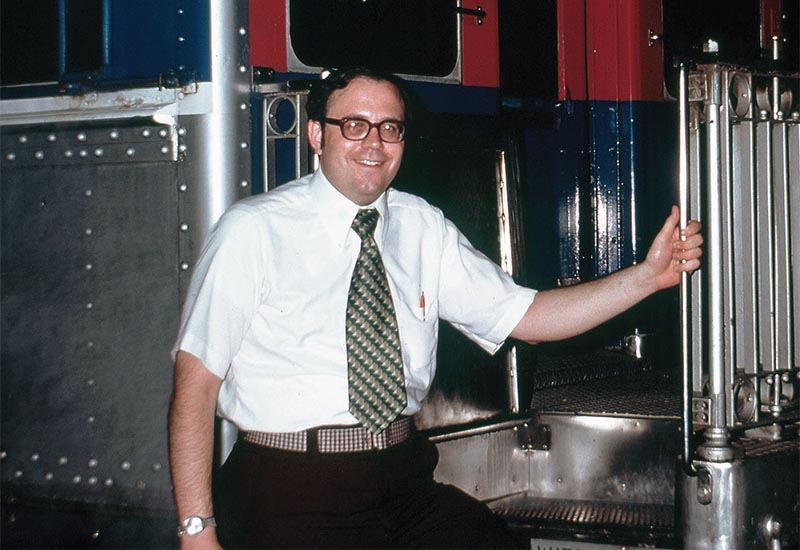
The colors may be Amtrak, but the car is an Illinois Central office car. I’m off on a trip to inspect the Baton Rouge District with my boss. In its early days, Amtrak was so paranoid that it required railroad equipment to be painted in Amtrak colors if it were to operate on designated flagship long-distance trains. Fortunately this policy was short-lived. Ira Silverman collection
Like every railroad, Amtrak was organized in departmental “stovepipes” focused on one function. Even within Marketing, the subgroups of Reservation Sales, Field Sales, and Advertising only saw individual pieces of the big Amtrak puzzle. Outside Marketing there were Transportation, Mechanical, Passenger Service, Planning and Government Affairs.
A regular responsibility was visiting the Reservation Sales Offices (RSO) across the country and spending hours listening to problems and answering questions. The RSO agents spent their days interacting with the public in a vacuum, wondering why the company did (or didn’t do) things in a certain way. Our visits answered some of their questions, while at the same time giving us intelligence as to what our riders were thinking. The decision to study extending the Sunset Limited to Florida, for example, was based on RSO input that the public was asking for direct service from the west to Florida.
In those pre-internet days, we attempted to fill the information vacuum by publishing a bi-annual Route Sales Guide which was distributed to reservation agents and ticket agents. It gave information about service, schedule, fare, and equipment changes, and the reasons for the changes. My most vivid memory was speaking at the Los Angeles RSO meeting. I felt a rumble below my feet and said to myself, “the subway.” Except, as I watched everyone scurry away from the windows, I realized there was no subway in Los Angeles and it was an earthquake!
Fares were our only function that no one else could claim. Shortly after I arrived, I was reviewing ridership on the New York City–Montreal Adirondack. Despite the finest scenery in the East and an attractive destination, only about 10 passengers per day rode the train between end points in winter months. Being familiar with excursion fares offered by the New York Central and New Haven, I proposed a three-day round trip on weekends for the one-way fare plus $1. Passengers would have two days of beautiful scenery on the train and one day in Montreal. Being in my job only a month or so, unbeknownst to me was that the manager of sales in New York, F. Paul Weiss, had been negotiating cheap weekend rates with Montreal hotels and promoting the train to travel agents. On the first Friday, I was pleased to see 100 through passengers. On the second weekend, it was 150. But on the third weekend there were so many that the operating department ran a second section from Albany north. I believe that, afterward, they reluctantly operated the Adirondack with Amfleet until the program ended. In today’s world, an all-reserved train and yield management would have capped off demand short of what we experienced.
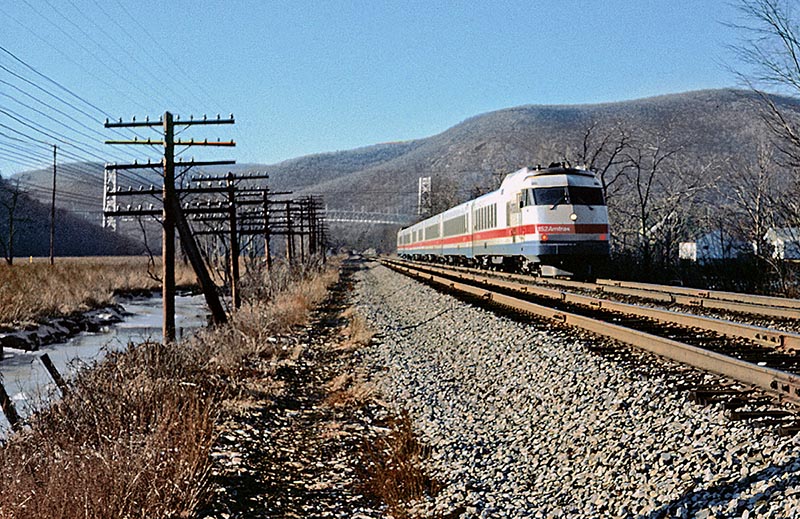
An Amtrak RTL Turboliner heads south toward the Bear Mountain Bridge in Manitou, N.Y. The Turboliners were built as a second generation to the original RTG equipment running in the Midwest. The trains were very attractive with their big windows but were very inflexible. The standard five-car train could not handle Empire Service peaks even when coaches were juggled around to produce six-car trains. The turbines guzzled fuel, and to maintain reliability, technicians could be found on every train. As equipment assignments were adjusted, Turbos could be found on the Adirondack because of their limited capacity. Ira Silverman photo
Over the years, we witnessed that, except on Metroliners and sleepers, the market was generally elastic—that is, a reduction of fares would produce increased revenues. However, you had to have enough seats to accommodate these extra passengers. Summers on long-distance trains and weekends on short-haul trains, especially on the Northeast Corridor, didn’t have the capacity to accommodate additional riders. Metroliner ridership was driven by business travelers who were far less impacted by price.
In 1979 the internal environment changed. Al Michaud left for Conrail and William S. Norman replaced him. Norman’s background was the U.S. Navy and Cummins, Inc., the engine manufacturer. He was very concerned about the image of the product and only resorted to price as a last resort. In one of the first conversations I had with him, he told me that the Cincinnati–Washington Shenandoah could carry as many passengers as the Broadway Limited if marketed properly, a statement that few would agree with. Every New Year’s the airlines would launch a price war which would cause long-distance revenues to drop. After a month or two of revenue losses, he would finally agree to a belated fare response. So we decided we would anticipate the airlines and have our program launched right after the holidays, but Mr. Norman wouldn’t approve it.
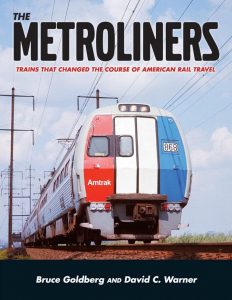 One of the most frustrating situations occurred when People Express and New York Air introduced low-fare flights from Newark and La Guardia airports to Boston for as low as $19.00, and Amtrak ridership dropped through the floor. Mr. Norman would not approve us lowering the fares on Amfleet trains at all (there were no Metroliners east of New York). Instead, we ran the New England Metroliner. Metroliner service was a powerful competitive product at high fares, with hourly New York City–Washington service and a three-hour trip time. The New England Metroliner took four hours, and there were only two trips each day. The Boston trains had an upgraded on-board service, but it was no surprise that it was unable to make a dent in the overall ridership picture. Eventually the New England Metroliners were withdrawn, and we cut the fares on the regular trains. With such a major new entrant in the market we knew ridership was not going to return to where we had been, but ridership nonetheless climbed substantially from its depressed levels. For years we tried to get a frequent-traveler program on the Metroliners, but Mr. Norman deemed that “me too” marketing. In contrast, Amtrak’s Guest Rewards program has been operating for more than 15 years.
One of the most frustrating situations occurred when People Express and New York Air introduced low-fare flights from Newark and La Guardia airports to Boston for as low as $19.00, and Amtrak ridership dropped through the floor. Mr. Norman would not approve us lowering the fares on Amfleet trains at all (there were no Metroliners east of New York). Instead, we ran the New England Metroliner. Metroliner service was a powerful competitive product at high fares, with hourly New York City–Washington service and a three-hour trip time. The New England Metroliner took four hours, and there were only two trips each day. The Boston trains had an upgraded on-board service, but it was no surprise that it was unable to make a dent in the overall ridership picture. Eventually the New England Metroliners were withdrawn, and we cut the fares on the regular trains. With such a major new entrant in the market we knew ridership was not going to return to where we had been, but ridership nonetheless climbed substantially from its depressed levels. For years we tried to get a frequent-traveler program on the Metroliners, but Mr. Norman deemed that “me too” marketing. In contrast, Amtrak’s Guest Rewards program has been operating for more than 15 years.
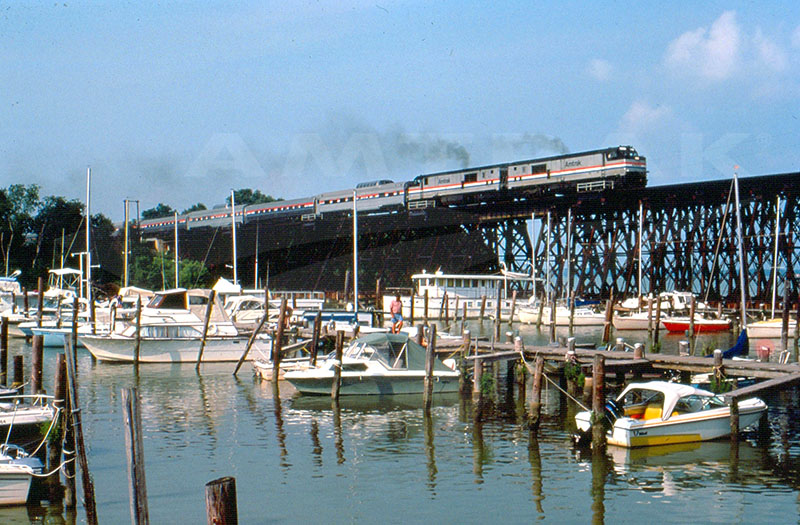
The 1980s version of Amtrak’s Auto Train crosses Neabsco Creek in Virginia with GE P30CH locomotives in the lead. Amtrak conducted a feasibility study to investigate a restoration of the popular Auto-Train, and service began in October, 1983, under the name Auto Train (no hyphen). Today, the train consists of locomotives, bi-level Superliner cars and auto-rack rail cars; considered the longest passenger train in the world, it often measures about ¾ of a mile long. Courtesy Amtrak Corporate Archives
Even individuals at Amtrak’s highest level questioned the high-fare strategy. When Auto Train was introduced as a tri-weekly service, load factors were very high. However, when capacity more than doubled under daily operation, ridership did not follow upward. We had proposed lower fares to fill the large increase in available seats, but Mr. Norman declined. Shortly thereafter, I was on the Auto Train and was sitting at a table with Amtrak President Graham Claytor, who was the patron saint of the Amtrak Auto Train. He looked at me and said, “I don’t care what you fellows say, we’ve got to lower the fares on this train!” I wasn’t about to tell him I agreed with him and suggested he speak with Mr. Norman, who by all accounts he got along with famously despite their divergent backgrounds. (Mr. Claytor could be especially intimidating, with a whole career of high-level railroading behind him. However, my experience was that if you had the facts to support your case, he would be quick to change his original opinion).
Every quarter, Mr. Norman held a review where all departments presented their accomplishments for the past three months and highlighted challenges for the future. It was an all-day endurance contest in a darkened conference room; but, as you might expect, “never was heard a discouraging word.” You didn’t get any points for bad news, but I felt you shouldn’t miss the opportunity to educate people on our real problems as well as our victories. So my quarterly presentation was always “winners and losers.” Obviously, the losers had to be carefully worded. I think most people in marketing and the operations area appreciated my straight talk, but I’m not sure Mr. Norman did. He once told me, “Every company needs an Ira Silverman—but just one.”
Lest you despair of discouraging news on the fare front, Route Marketing got involved in enough positive programs involving the trains themselves to fill a Superliner! But that’s for next time…
Author Silverman’s long and varied railroading career included the Long Island Rail Road; the Elgin, Joliet & Eastern; Illinois Central; Amtrak; and MARC, Maryland Area Rail Commuter. Part 1 of his series appeared in PTJ issue 2017–2.


